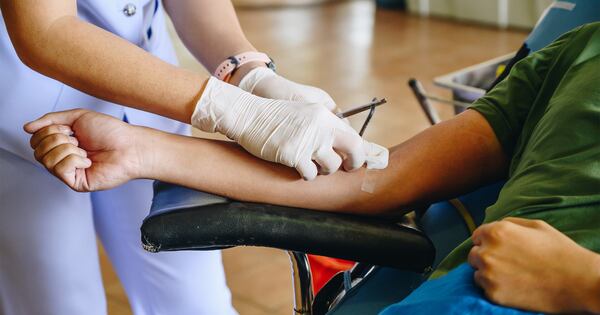Blood
Restriction on blood donations set to be lifted
In a twist of “bloody good” news, some people who have previously been restricted from giving blood or plasma in Aotearoa will soon be able to donate.
Those who have lived in the United Kingdom, France or the Republic of Ireland between January 1, 1980 and December 31, 1996 have been restricted from donating blood for 23 years.
This is because of an illness called Creutzfeldt-Jakob disease (vCJD) – also known as mad cow disease – which could be spread through blood.
The restriction will be lifted in the coming weeks, after MedSafe approved a submission by NZBlood recommending its removal.
“We’re delighted to advise Medsafe have approved our submission,” a statement on the NZBlood website reads.
ADVERTISEMENT
“This means we can now get underway with updating our systems and processes and prepare our teams to support this change.”
To determine the safety of lifting the restriction, NZBlood worked with epidemiology and infectious disease experts at University of New South Wales’ Kirby Institute for more than a year.
“We used New Zealand data around transfusions and migration, plus the findings from research previously done in the United Kingdom, United States and Australia to complete a detailed risk assessment,” NZBlood said.
“That work has given us the confidence that the risk of acquiring vCJD from a blood transfusion is negligible and we can now lift the restriction without compromising the safety of blood and blood products in New Zealand.”
Currently, NZBlood is aiming to welcome donors impacted by the restriction within six to eight weeks.
“We will communicate to the public the date at which this restriction will be officially removed in New Zealand once a go-live date is determined.”
Earlier this week, RE: News reported every 18 minutes in Aotearoa, someone needs a lifesaving blood or plasma transfusion but less than 4% of eligible New Zealanders donate blood.
ADVERTISEMENT
Aotearoa needs 40,000 more blood donors over the next year to meet the growing demand and avoid having to import blood from other parts of the world.

